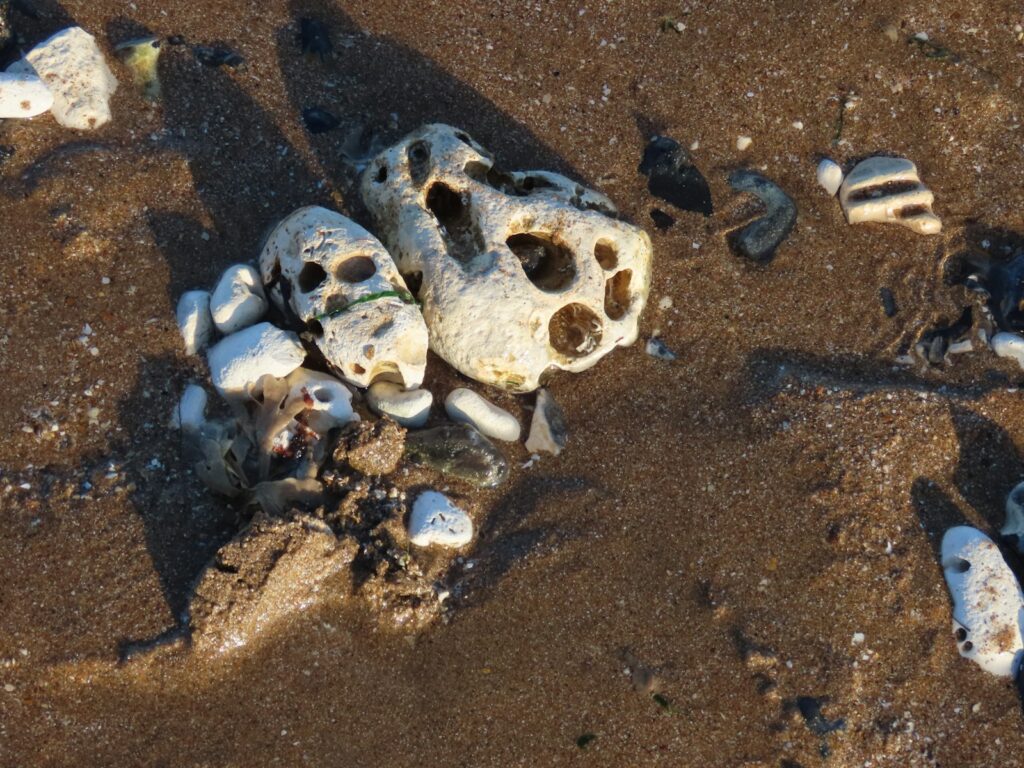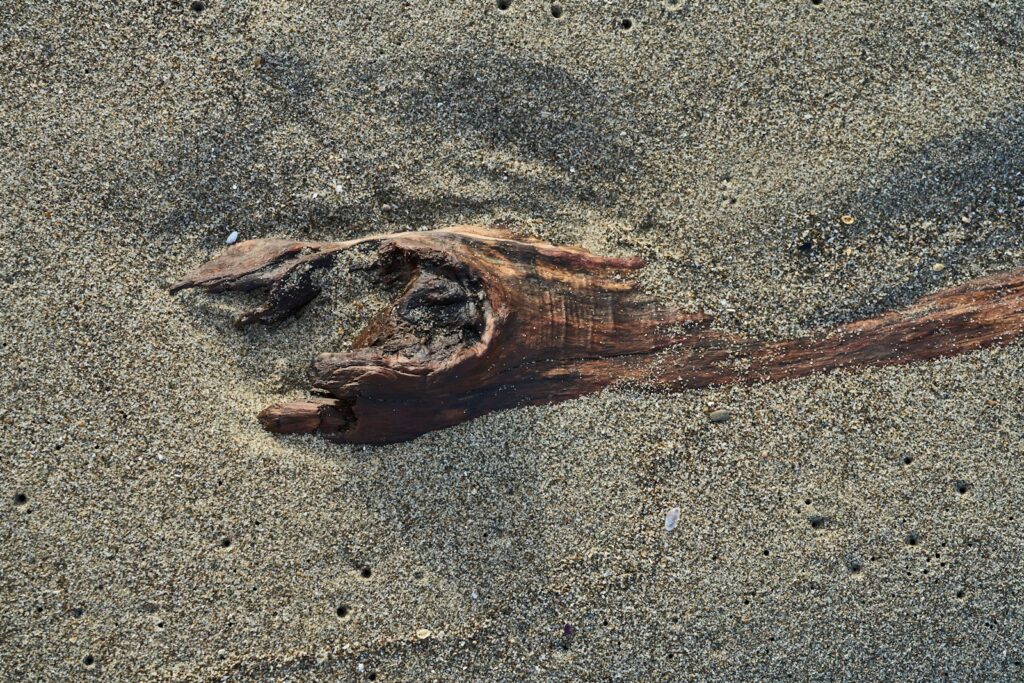Have you ever wondered what happens to the bones of every animal that dies but never becomes a fossil? The truth is, most bones disappear completely within decades, not millions of years. While we marvel at dinosaur fossils in museums, the reality is that fossilization is incredibly rare, and the vast majority of bones that have ever existed have long since crumbled into dust.
The Race Against Time: Why Most Bones Never Stand a Chance
Picture this: a deer dies in a forest, and within hours, bacteria begin their relentless work of decomposition. The soft tissues go first, but the bones face their own battle for survival. Without the perfect storm of conditions required for fossilization, these bones have maybe 10 to 100 years before they’re completely gone.
The shocking reality is that bone is not nearly as permanent as we think. Made primarily of calcium phosphate and collagen, bones are surprisingly vulnerable to both chemical and biological breakdown. Even the hardest bones can dissolve in acidic soil or be consumed by microorganisms that treat calcium like an all-you-can-eat buffet.
Environmental Enemies: How Climate Destroys Bones
Temperature and humidity are bone’s greatest enemies. In tropical rainforests, where heat and moisture create perfect conditions for decomposition, bones can disappear in as little as 5 to 10 years. The constant warmth accelerates bacterial activity, while high humidity prevents the drying process that might otherwise preserve the bone structure.
Desert environments present a different challenge altogether. While the dry conditions might seem preserving, the extreme temperature fluctuations cause bones to expand and contract repeatedly, creating microscopic cracks that eventually lead to complete breakdown. It’s like nature’s own freeze-thaw cycle, but with scorching heat instead of ice.
The Acid Test: How Soil Chemistry Dissolves History
Soil pH levels can make or break a bone’s chances of survival. Acidic soils, common in forested areas with lots of decomposing organic matter, act like a slow-motion acid bath. The calcium phosphate in bones simply dissolves away, leaving nothing behind but memories in the soil chemistry.
Alkaline soils offer bones a fighting chance, but they’re not a guarantee. Even in neutral pH conditions, bones face constant chemical weathering from groundwater and root acids. Think of it as a chemical erosion process that works from the inside out, weakening the bone’s structure until it crumbles like an old cookie.
Size Matters: Why Bigger Bones Last Longer
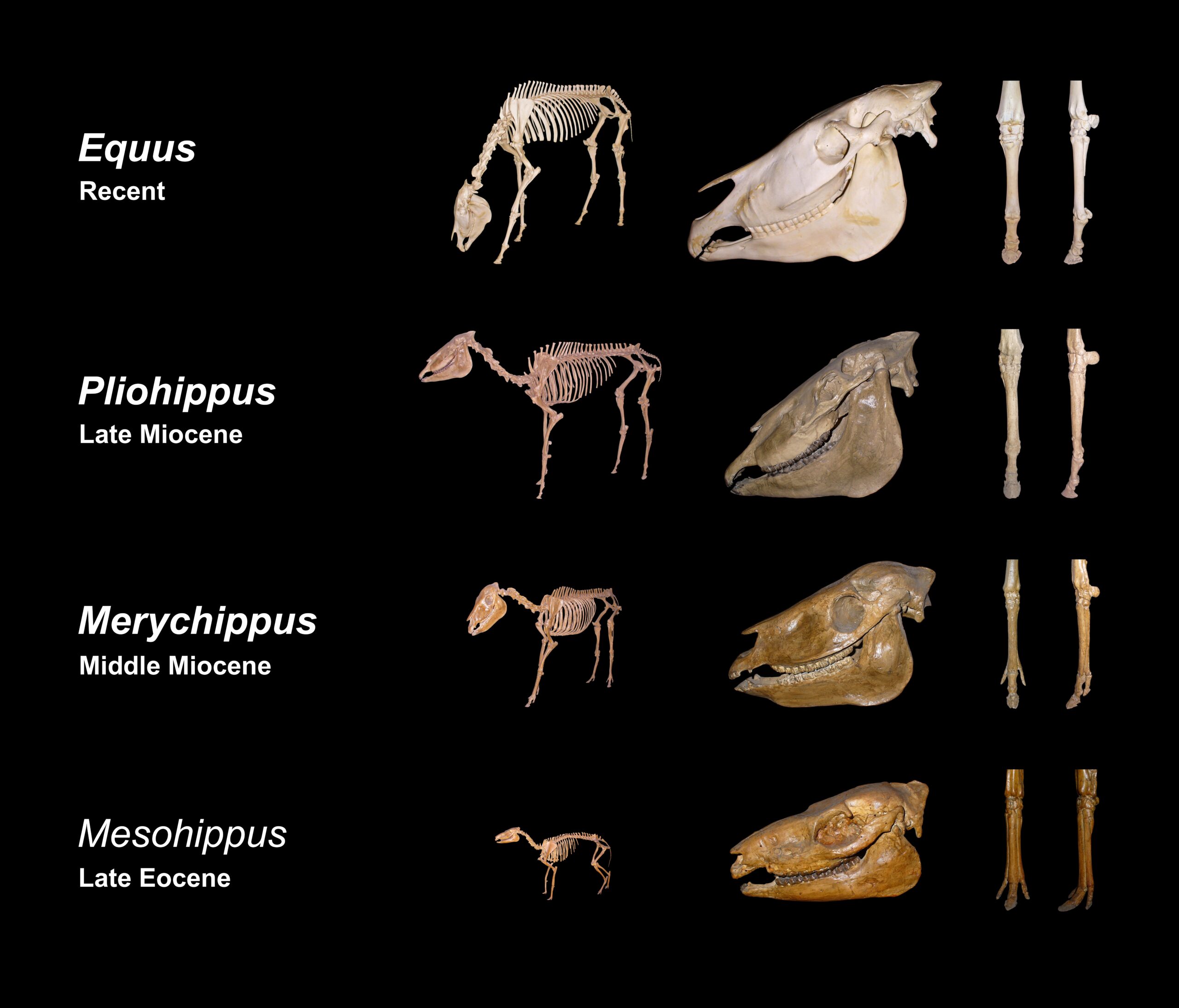
There’s a simple rule in bone preservation: the bigger the bone, the longer it lasts. A mouse femur might disappear in just a few years, while an elephant’s massive leg bone could persist for several decades. This isn’t just about having more material to work with – it’s about surface area to volume ratios.
Smaller bones have proportionally more surface area exposed to destructive elements. They’re like ice cubes in warm water – they melt faster because there’s more contact with the environment. Large bones act more like ice blocks, taking much longer for the destructive forces to work their way through all that material.
The Burial Advantage: How Depth Affects Preservation
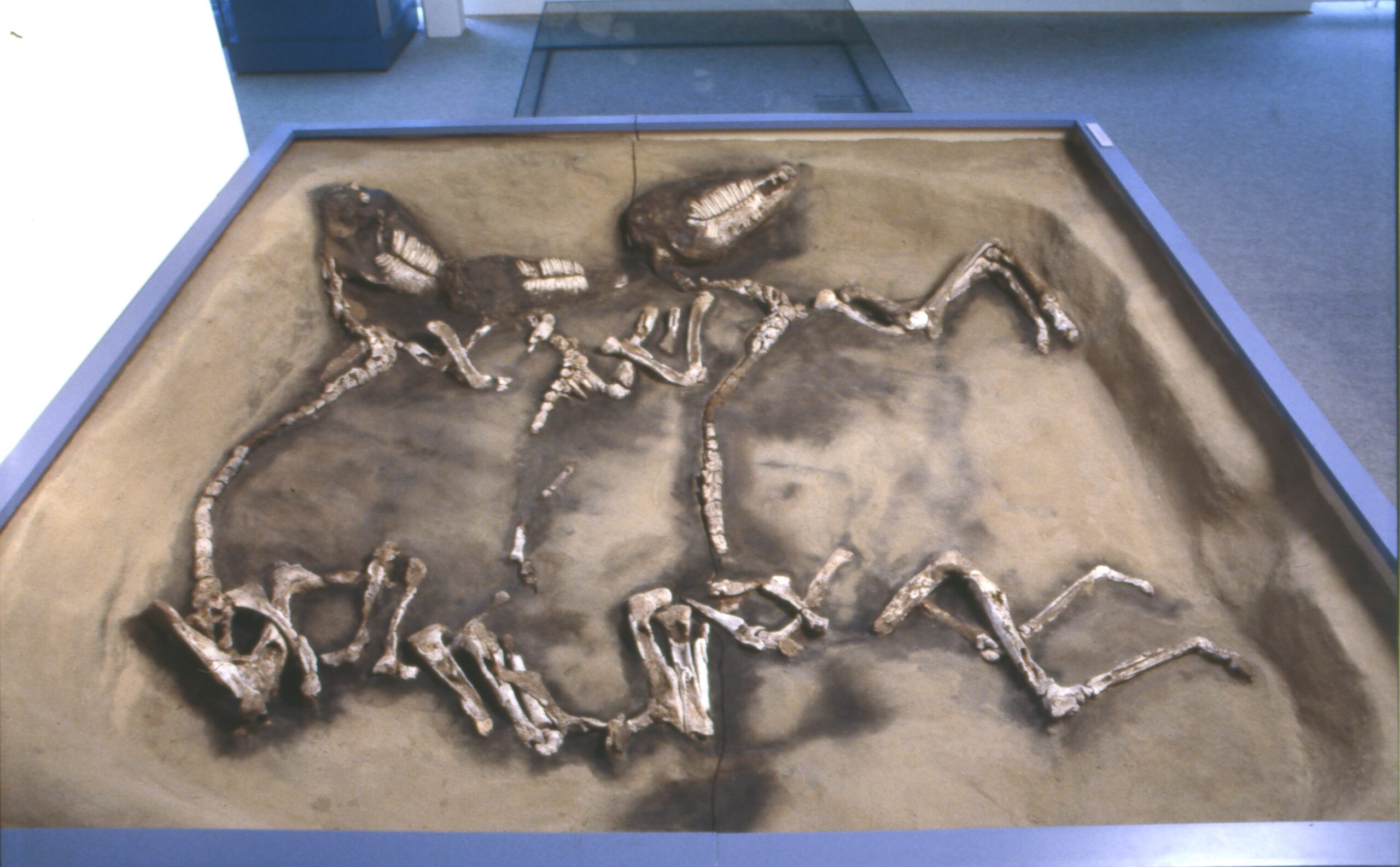
Shallow burials are death sentences for bones. Just a few inches underground, bones still face temperature fluctuations, moisture changes, and easy access for burrowing animals and root systems. It’s like being in the danger zone where all the destructive forces can still reach you.
Deep burial offers protection, but it’s not a guarantee of preservation. Even several feet down, groundwater can carry acids and minerals that slowly dissolve bones. The key is finding that sweet spot where bones are protected from surface chaos but not subjected to groundwater chemistry that turns them into expensive calcium soup.
Bacterial Armies: The Microscopic Bone Destroyers
Bacteria are perhaps the most underestimated threat to bone preservation. These microscopic organisms can actually eat bones, breaking down both the organic collagen and the mineral components. Some bacteria specialize in consuming calcium phosphate, treating ancient bones like a mineral supplement.
The most devastating bacterial attacks happen in warm, moist conditions where these organisms thrive. They work in organized colonies, creating acidic byproducts that weaken bone structure while simultaneously consuming the weakened material. It’s like having a demolition crew that also cleans up after themselves.
Scavenger Impact: How Animals Erase Bone Evidence
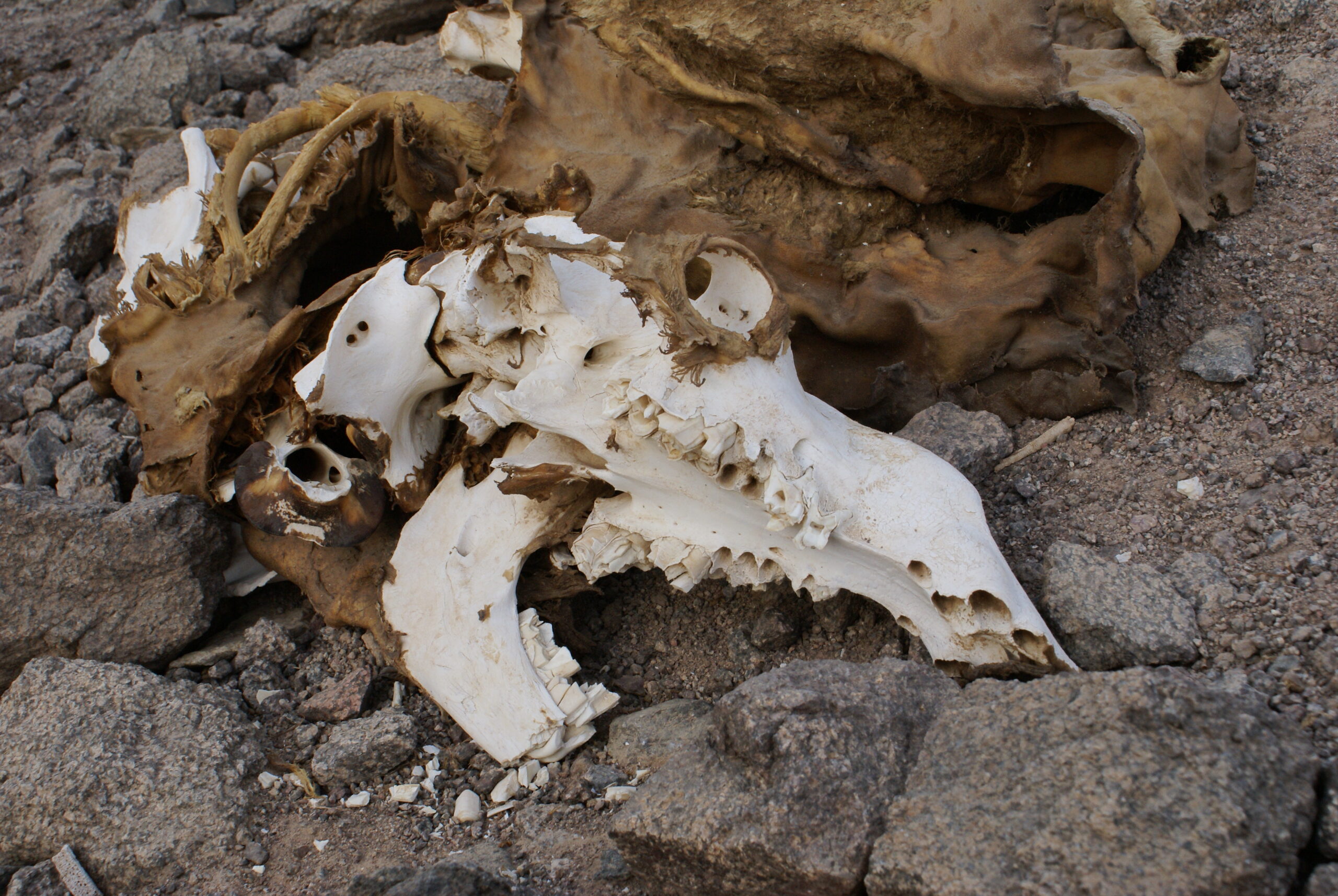
Before bacteria even get their chance, scavengers often scatter and destroy bone evidence. Hyenas, with their incredibly powerful jaws, can crunch through bones that might otherwise survive for decades. Even smaller animals like porcupines chew bones for their calcium content.
Rodents present an unexpected threat to bone preservation. Mice and rats gnaw on bones to keep their ever-growing teeth sharp, and they can completely eliminate smaller bones in just a few years. It’s nature’s recycling program, but it’s terrible news for anyone hoping bones will stick around.
Water’s Double-Edged Role in Bone Survival
Water can be both a bone’s best friend and its worst enemy. In completely waterlogged environments, like bogs or lake bottoms, bones can survive much longer because the lack of oxygen prevents normal decomposition. These anaerobic conditions essentially put bones in a state of suspended animation.
However, moving water is devastating for bones. Rivers and streams can physically break apart even strong bones through constant motion and impact with rocks. Additionally, flowing water brings fresh supplies of dissolved minerals and acids that accelerate chemical breakdown.
The Oxygen Factor: When Air Becomes the Enemy
Oxygen exposure is one of the fastest ways to destroy bones. The oxidation process breaks down the organic components in bones, making them brittle and prone to cracking. Fresh bones exposed to air can become fragile enough to crumble in your hands within just a few years.
This is why underwater preservation can be so effective – the reduced oxygen levels slow down these destructive oxidation reactions. But it’s a delicate balance because too much water movement or mineral content can cause other types of damage.
Geological Time Bombs: How Earth Movements Destroy Bones
Even if bones survive the initial biological and chemical threats, geological processes can still destroy them. Freeze-thaw cycles in colder climates create ice crystals that expand and contract, physically breaking apart bone structure from within. It’s like nature’s own jackhammer working at the molecular level.
Earthquakes and ground shifting can crush bones under enormous pressure or expose previously protected remains to surface conditions. What might have been a perfectly preserved bone can be destroyed in seconds by geological forces that dwarf all other destructive processes.
The Fossilization Lottery: When Bones Beat the Odds
For bones to fossilize instead of decomposing, they need to win an almost impossible lottery. They must be buried quickly in sediment, protected from oxygen, kept at stable temperatures, and bathed in mineral-rich water that can replace their organic components. The odds are literally millions to one against this happening.
Even when conditions seem perfect, fossilization is a slow process that takes thousands of years minimum. During this time, any change in environmental conditions can halt the process and doom the bones to eventual destruction. It’s a race against time that most bones lose spectacularly.
Modern Bone Preservation: What We Can Learn
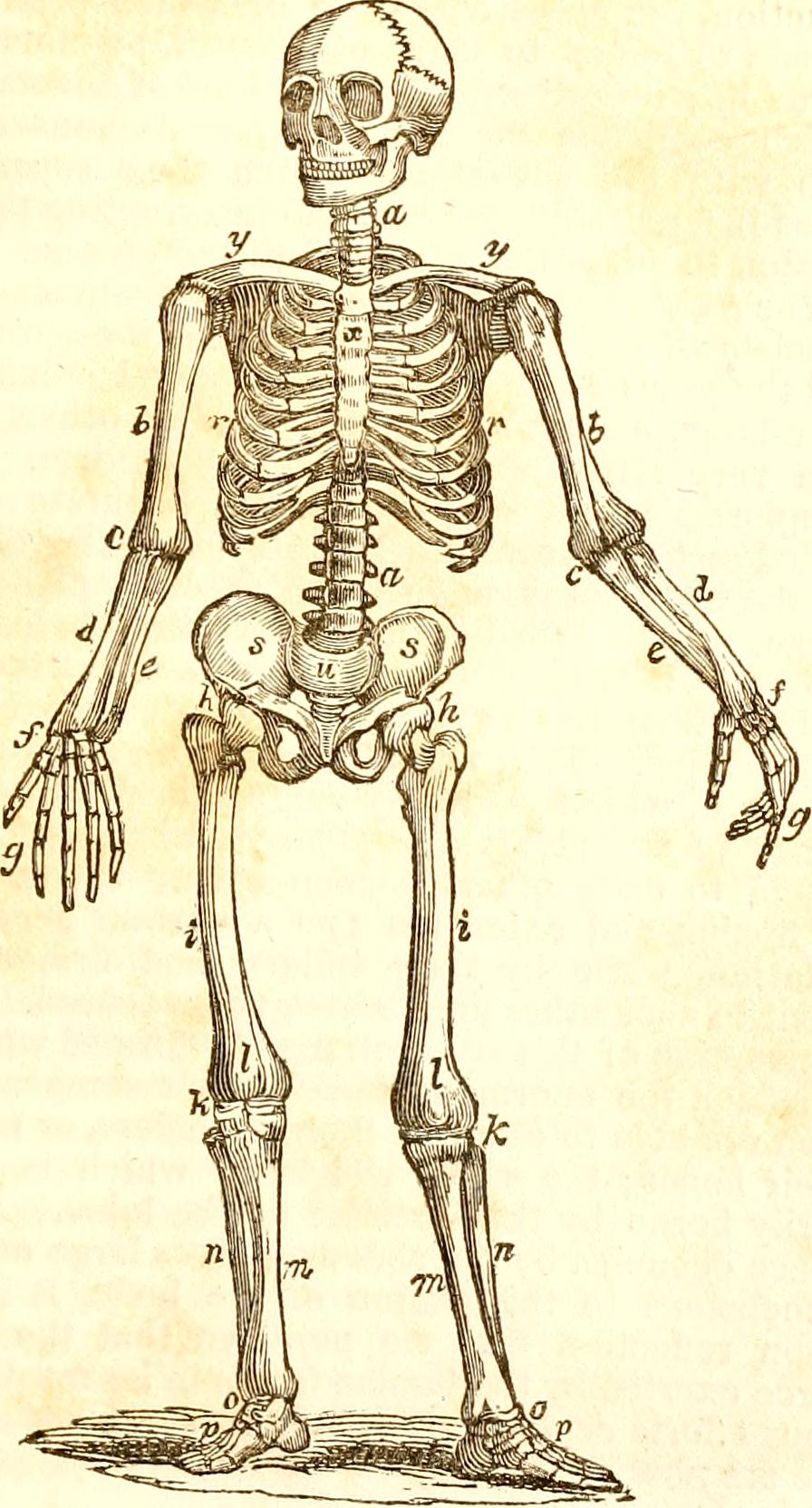
Archaeological sites give us real-world examples of how bones survive or fail to survive over time. Medieval burial grounds show that even protected human remains in coffins typically last only a few hundred years before significant deterioration. This puts the rarity of ancient bone preservation into stark perspective.
Forensic science has also taught us about bone preservation timelines. In criminal investigations, bones can provide evidence for decades under the right conditions, but these same bones would be completely gone within a century in most environments. The difference between forensic preservation and archaeological preservation is like comparing a sprint to a marathon.
The Calcium Cycle: How Bones Return to Earth
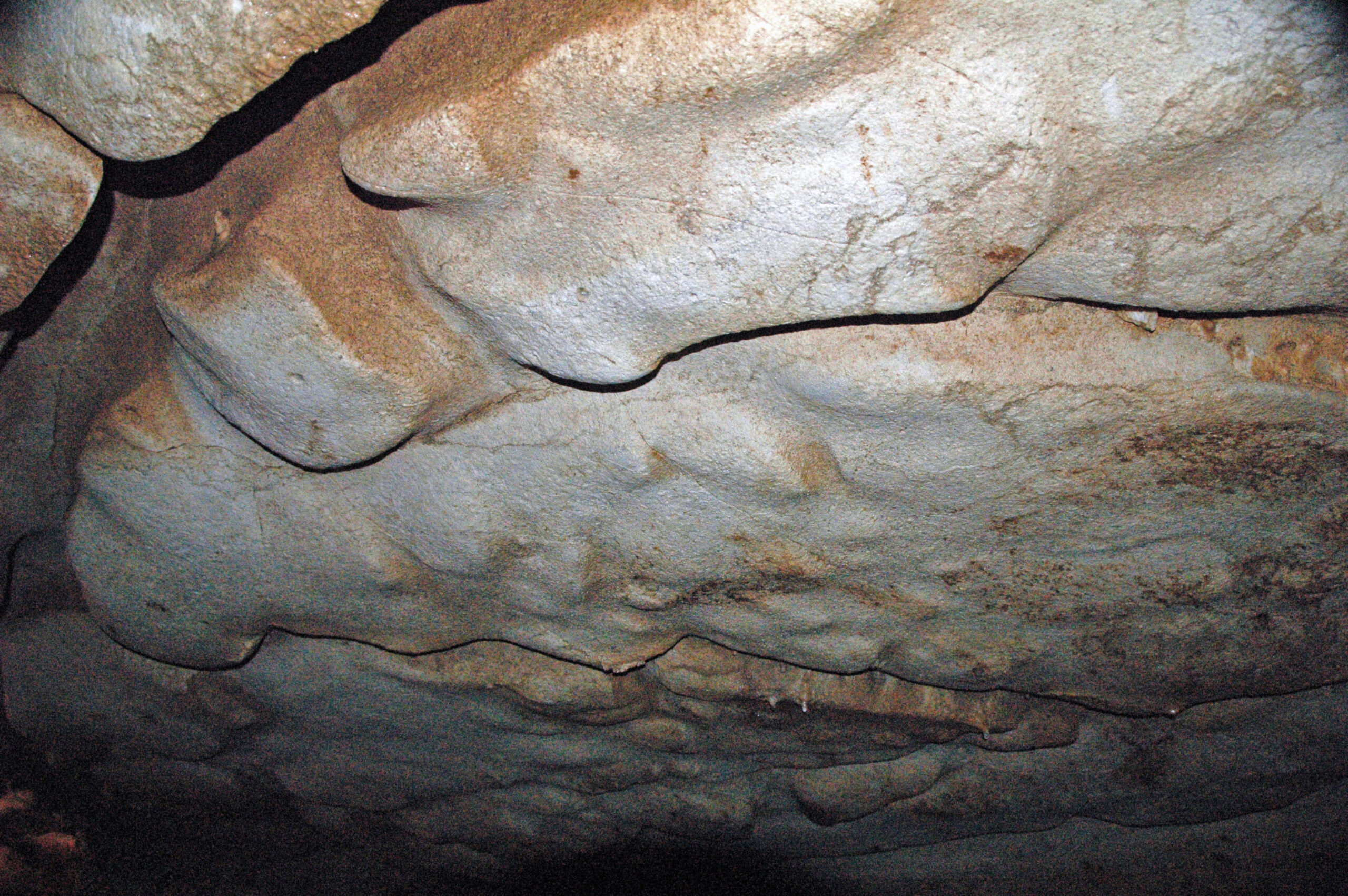
When bones finally succumb to time and environment, they don’t just disappear – they become part of the soil chemistry. The calcium phosphate that once formed strong bones dissolves and becomes available for new plant growth. In a very real sense, ancient bones are feeding the forests and grasslands of today.
This natural recycling process is incredibly efficient. Within 50 to 200 years, depending on conditions, most bones have completely returned their minerals to the ecosystem. It’s a reminder that even in death, organic material continues to contribute to the cycle of life.
Exceptional Cases: When Bones Defy the Rules
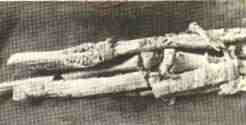
Occasionally, bones survive far longer than expected due to unique circumstances. Bones found in caves, protected from weather and scavengers, can persist for thousands of years. The famous Cheddar Man, found in England, had bones that survived for about 10,000 years in cave conditions.
Permafrost provides another exception to normal bone decay timelines. Frozen mammoths with intact bones tens of thousands of years old show what’s possible when temperature remains constantly below freezing. These exceptional cases prove that under perfect conditions, bones can last far longer than their normal lifespan, but they also highlight just how rare such conditions really are.
Understanding the Timeline: What This Means for Us
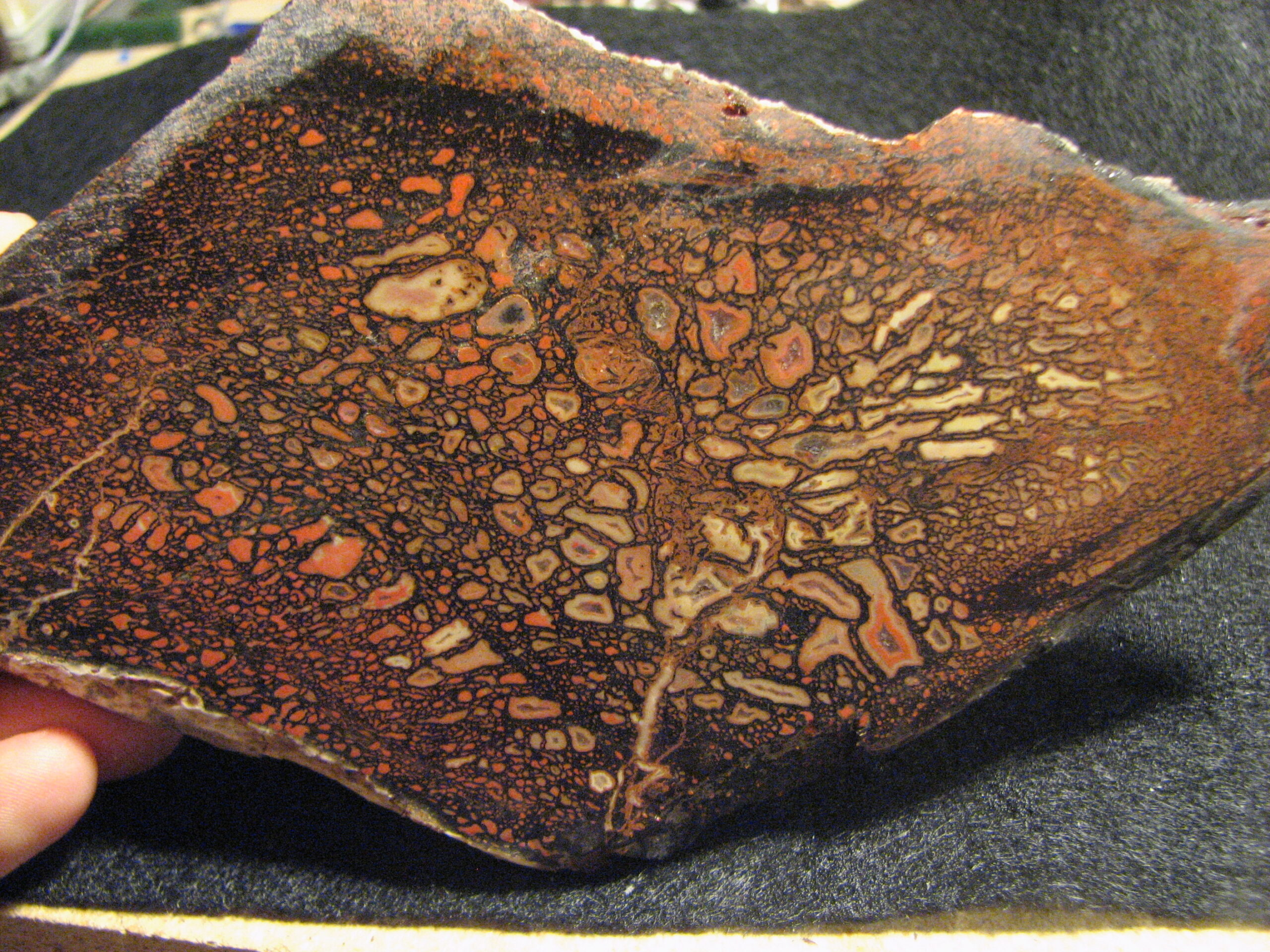
The fleeting nature of bone preservation puts our understanding of prehistoric life into perspective. Every fossil we find represents countless others that have vanished without a trace. The dinosaur bones in museums are the rare survivors of an almost impossible preservation process.
For most animals that die today, their bones will be completely gone within a human lifetime. This fact makes the fossils we do have incredibly precious – they’re literally one-in-a-million survivors that somehow beat astronomical odds. Next time you see a fossil, remember that you’re looking at a winner of the ultimate survival lottery.
The story of bone preservation is ultimately about impermanence and the precious nature of the evidence that does survive. In a world where most bones disappear within decades, every ancient bone fragment is a miracle of preservation that deserves our wonder and respect.

